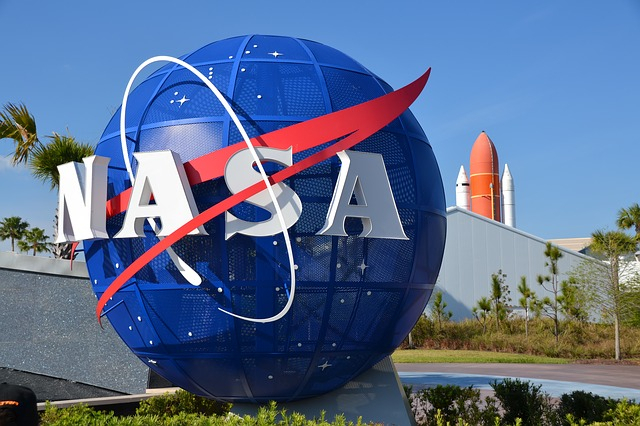Could there be an alternative to traditional fuel for sending rockets through space? Well, there is. The NASA Marshall Space Flight Centre engineer, Dr David Burns, has advanced an alternative to traditional fuel for propelling rockets through space. This is a huge, helix-shaped engine powered by a particle accelerator, a controversial and experimental "helical engine".
This was an idea that the Marshall Space Flight Centre Director mooted through a series of slides that were published to the space agency's Technical Reports server. He explained that it is an in-space engine that can be used over a long period of time for satellite station-keeping, which would not need to be refuelled.
He wrote that "It could also propel spacecraft across interstellar distances, reaching close to the speed of light."
Its design is simple. It is constructed on a simple experiment that is used to explain the scientist Isaac Newton's third law of motion, namely, that every action has an equal and opposite reaction.
Hence, if a weight is on the move in a straight rod, it will only make the box in which it is to go forward and backward on surface that faces no friction. There is no acceleration that can take us forward.
The alternative could be a particle accelerator, not a weight, proposed Dr Burns. He said that when a weight is moved back and forth along a helix, its mass can go up with a forward motion and decrease with a backward motion. When the rotating ion ring hits the front of the compartment, it can forward acceleration.
If the idea is accepted and his helical engine is given enough time and power, it can touch amazingly high speeds supported with a particle accelerator. However, there are not many takers for the idea. A number of scientists in the field are rather skeptical.
Dr Burns admitted: "I'm comfortable with throwing it out there. If someone says it doesn't work, I'll be the first to say, it was worth a shot."
He is clear that the design would be able to gather some momentum in space, leading to a totally frictionless atmosphere. On earth, it would have required a ton of power—about 125 megawatts, that totals enough to power a small town. To achieve just one newton of energy, it takes enough force required to type on a keyboard.
In order to create real momentum, the helical particle accelerator is required to be massive. It would have to be about 65ft (20m) long and 40ft (13m) across.
However, many objections have been raised to the helical particle idea. The biggest one is that the engine is unwieldy and not too efficient. It would most probably violate the laws of the conservation of momentum, say critics.
The idea was published in the space agency's Technical Reports server.










